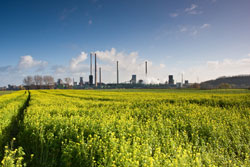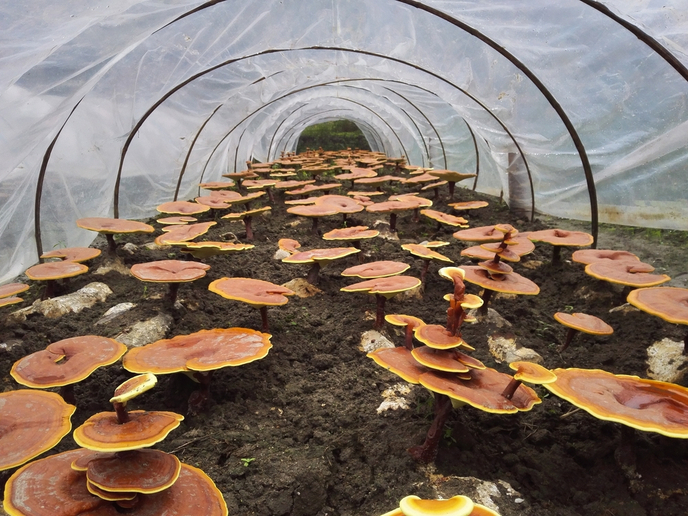Leading to sustainable bio-energy
Biomass contains any organic material coming from plants or animals with resources including agricultural and forestry residues, municipal solid and industrial wastes. The BIO-ENERGY project studied the complete bio-energy chain from biomass production to thermo-chemical conversion for a number of perennial crops. The project evaluated the technical, socio-economic and environmental feasibility aspects of the bio-energy chain. The selected perennial energy crops were Arundo donax (giant reed), Cynara cardunculus (cardoon), Miscanthus x giganteus (miscanthus) and Panicum virgatum (switchgrass). These are found in large field cultivations in southern European countries and are successively harvested with year-round availability of raw material. All four perennial crops were subject to combustion tests at a laboratory scale fixed-bed reactor as well as in a pilot-scale fixed-bed combustion plant. Investigations also involved identification of possible operation problems. Examples of such problems included fuel feeding, ash melting on the grate and in the furnace, ash transport systems, emissions (including nitrogen (NOx) and sulphur (SOx) oxides and particulates) among others. Each crop was fully characterised and subjected to a comprehensive test programme of combustion. Test runs showed that the combustion characteristics and the problems occurring during combustion were similar for all four perennial crops. Due to its extremely high potassium (K), silicon (Si) and chlorine (Cl) content, cardoon was found unsuitable for combustion. The tests provided valuable information on various aspects of combustion for the design of an optimised combustion plant. Issues such as suitable fuel feeding and ash removal systems were also addressed as well as handling the problem of bottom ash formation. The project results are expected to contribute to the increase of the share of biomass in the energy production resources.







